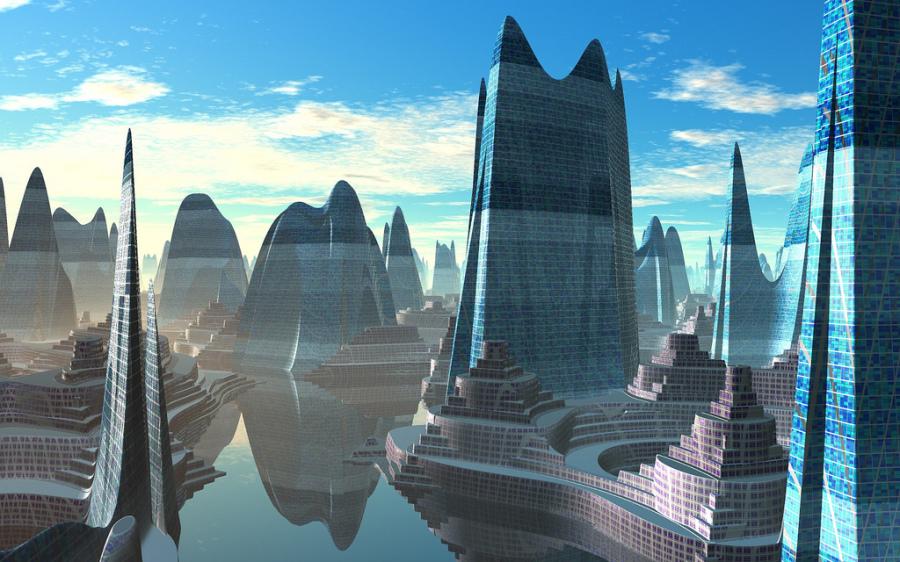Science Fiction saves the day
If you could choose to be in any future universe, would you choose to be in The Hunger Games? Or The Giver? Probably not. The future of science fiction books and dystopian universes is often pojrtrayed as bleak, according to Arizona State University President Michael Crow. This in turn seems to be affecting how people think about the future, and fans like Crow believe that it is actually affecting research in the sciences.
When acclaimed science fiction writer Neal Stephenson initially noted this disheartening trend in science fiction, he didn’t give much thought until Crow brought it up at a conference. Crow believed that science fiction needed to supply real, concrete ideas with applications in the real world, because this genre can inspire young readers to become scientists and engineers. For example, scientists are developing a scanner based off of Spock’s tricorder, or space elevators form Arthur Clark’s The Fountain of Paradise. But where are the inspirations from science fiction today? Is the technology of future worlds too dangerous to be fully developed? Is the future too wicked to handle a simulation serum from Divergent?
To combat this negative representation of the future, Michael Crow created Project Hieroglyph: a compilation of short stories by popular science fiction authors, depicting a more positive future. This innovative project began at Arizona State University, at its very own Center for Science and Imagination. “If we want to have better futures, we need to have better dreams,” says project director Ed Finn. Hieroglyph brings together scientists, science fiction writers, artists and engineers to spark creativity in all parties and create more positive futures for readers to dream about.
“I think there are a lot of people out there who are looking for a better story,” says Finn.
Is it worthwhile to spend so much time on what seems to be something so trivial? Why would someone else’s imagination change our future? Science fiction apparently influences modern research, according to Braden Allenby, another participant in Project Hieroglyph. “Why do we end up with the technologies we do? Why are people working on, for example, invisibility cloaks? Well, it’s Harry Potter, right?”
Structural engineer and professor Keith Hjelmstad thinks so. When he collaborated with Neal Stephenson on a science fiction story about a fictional 20 km tower made entirely of steel, Hjelmstad was inspired. “That [idea] caught my curiosity like almost nothing ever has before…I was seeing something that was actually based on physics.” He believes that if more people interacted with science fiction, the ideal meld of imagination and scientific expertise might actually lead to where science fiction writers hoped we’d be in the near future: flying “hover cars” and regular space travel.
“It’s not the job of the science fiction writer to create a blueprint for the future, but it’s part of a collaboration with the reader to think hard about problems and to think about how people working together might overcome them,” explains Lee Konstantinou, another writer taking part in Project Hieroglyph.
Project Hieroglyph just arrived on the scene on September 9. Are you ready for a positive future?
Sources: bbc.co.uk, newsminer.com

This is Anoushka’s second and final year in The Talon. She still does not know how to write a biography and would probably ‘google’ it if she knew...








